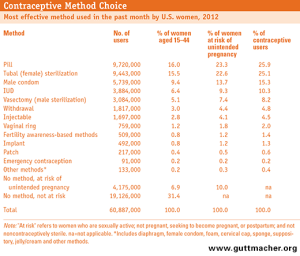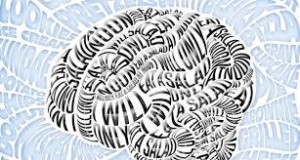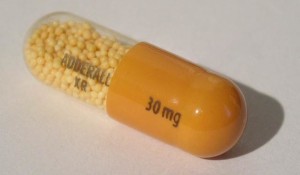I try my hardest to focus on my school work for the longest that I can before becoming side tracked and preoccupied on everything but my school work. After all, I am a teenager in today’s society, and my attention span is studied to be only 8 seconds! There are many reasons for this and promise me, it’s just as mind blowing as you think it will be.
Attention span is defined as the amount of concentrated time one can spend on a task without becoming distracted. Most educators such as psychologists agree that the ability to focus attention on a task is crucial for the achievement of one’s goals. Having a long and developed attention span around the ages of 16-20 is very important. These are some of the most crucial time periods of one’s life and they must be spent making the best of the time that we have.
Attention span inevitably changes over time. During the pre school years, attention span is most commonly determined by age, gender, and type of activity. For young children their attention span is only extended when they are doing an activity that they thoroughly enjoy. As children grow into teenagers attention span becomes even shorter. How is this possible? Two words, social media. Okay maybe 3, and technology. Teenagers are SO wrapped up in their phones and their social media that is hard for them to often stay focused on one thing for more than 8 seconds, without having the urge to constantly keep up on their social media. According to the National Center for Biotechnology Information, at the U.S. National Library of Medicine, the average attention span of a human being has dropped from 12 seconds in 2000 to 8 seconds in 2013. This is one second less than the attention span of a goldfish. That’s right, goldfish have an attention span of 9 seconds – 1 second more than you and I.
Did you know that 25% of teenagers report forgetting important details about their friends and family and that 7% of people forget their own birthdays from time to time, and the most astonishing, typical mobile users check their phones more than 150 times per day. Social media has had an immense impact on teenagers these days, and the sharing on social media has double from 2011 to 2013.
A study has been recently conducted by technology giant, Microsoft. The study surveyed 2,000 people and used electroencephalograms (EEGs) to monitor the brain activity of another 112 in the study, which worked to determine the effect that smartphones and the ability to be so closely attached to digital media and these devices, and the effect on our daily lives. One of the positives that emerged from this study is the ability for individuals to multi-task based on the availability of so much technology in their daily lives. Microsoft’s study was based on Canadians, that were surveyed and those who had more digital lifestyles or the early adapters of social media do in deed struggle to focus in certain environments where the attention of an individual is needed for long term reasons. One can conclude from this study that smart phones and technology are the cause for the decrease in attention span, therefore, correlation does imply causation.
So the takeaway, stay off the phones and do school work before our attention span decreases to that of a peanut.













